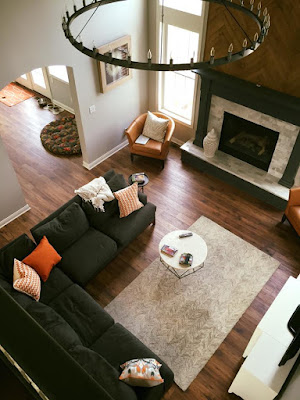TOP 7 OF THE HARDEST WOODS:
1. Quebracho - From the Spanish “quebrar hacha,” which literally means
“axe breaker.” Aptly named, wood in the Schinopsis genus is among the
heaviest and hardest in the world.
2. Lignum Vitae -Widely accepted as the hardest wood in the world–this
wood has been listed as an endangered species and is listed in CITES.
Consider Verawood as a very close substitute.
3. Gidgee - This Australian endemic is both very heavy and very strong.
Some pieces are dark enough to be used as an ebony substitute: one that’s
even harder than the original article.
4. Snakewood - It’s easy to see what makes Snakewood so unique–its patterns
and markings resemble the skin of a snake. Limited supply and high demand
make this one of the most expensive woods on eart.
5. Verawood - Sometimes called Argentine Lignum Vitae, this wood is a gem:
inexpensive, great olive-green color, beautiful feathery grain pattern, and
it takes a great natural polish on the lathe.
6. Camelthorn - Formerly classified as a member of the Acacia genus, this
south African hardwood is a tough customer. The wood is stubbornly hard,
and the tree is protected by giant sharp thorns.
7. African Blackwood - In some parts of the world, this wood has achieved
an almost legendary status. Historical evidence points to this wood
(rather than Diospyros spp.) being the original “ebony.”










